Top 5 Meme Coins by Market Cap
By expert

Meme coins are cryptocurrencies that originated from internet memes or popular culture, gaining traction primarily through social media and community engagement. While many meme coins have emerged, a few have distinguished themselves by achieving significant market capitalization. Here’s a detailed overview of the top meme coins by market cap:
1 ) Dogecoin (DOGE)
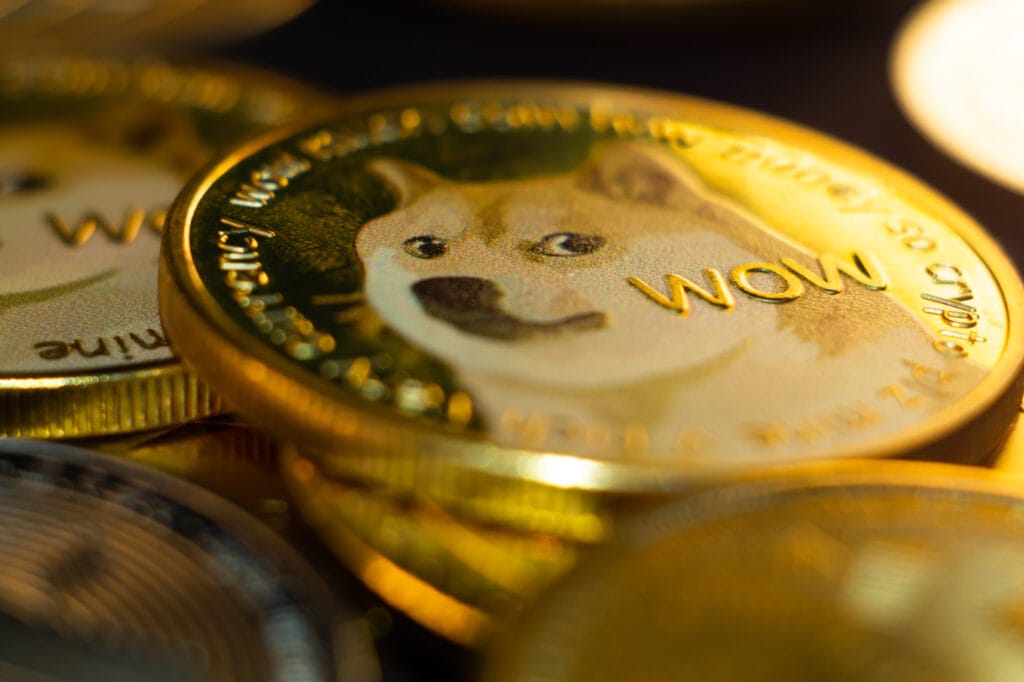
Launched in December 2013, Dogecoin started as a lighthearted alternative to mainstream cryptocurrencies. It features the Shiba Inu dog from the “Doge” meme as its logo. Over the years, Dogecoin has evolved, gaining a substantial following and widespread acceptance.
- Price: Approximately $0.1723.
- Market Capitalization: Around $25.73 billion.
- 24h Trading Volume: Approximately $1.28 billion.
- 24h Price Change: An increase of 6.97%
2 ) Shiba Inu (SHIB)
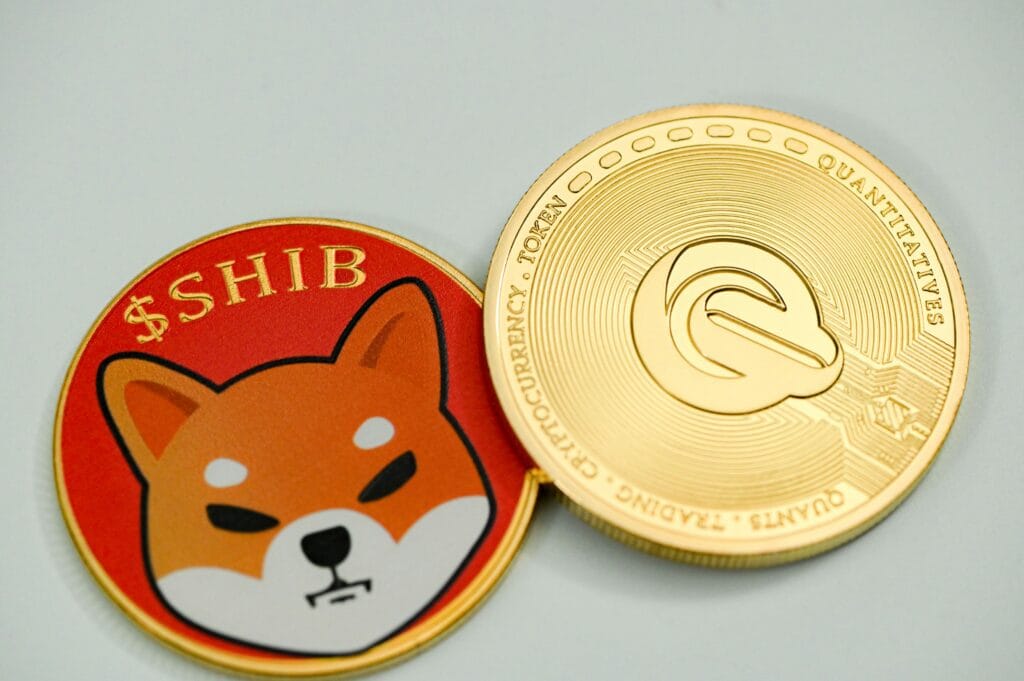
Introduced in August 2020, Shiba Inu is an Ethereum-based token inspired by Dogecoin. It positions itself as a “Dogecoin killer,” aiming to offer more utility and features within its ecosystem.
- Price: Approximately $0.00001289.
- Market Capitalization: About $7.60 billion.
- 24h Trading Volume: Around $180.97 million.
- 24h Price Change: An increase of 6.71%.
3 ) Pepe (PEPE)

Pepecoin leverages the popularity of the Pepe the Frog meme. It experienced rapid growth, reflecting the volatile nature of meme coins.
- Price: Approximately $0.00000767.
- Market Capitalization: Nearly $3.24 billion.
- 24h Trading Volume: About $737.98 million.
- 24h Price Change: An increase of 11.53%
4 ) Bonk (BONK)
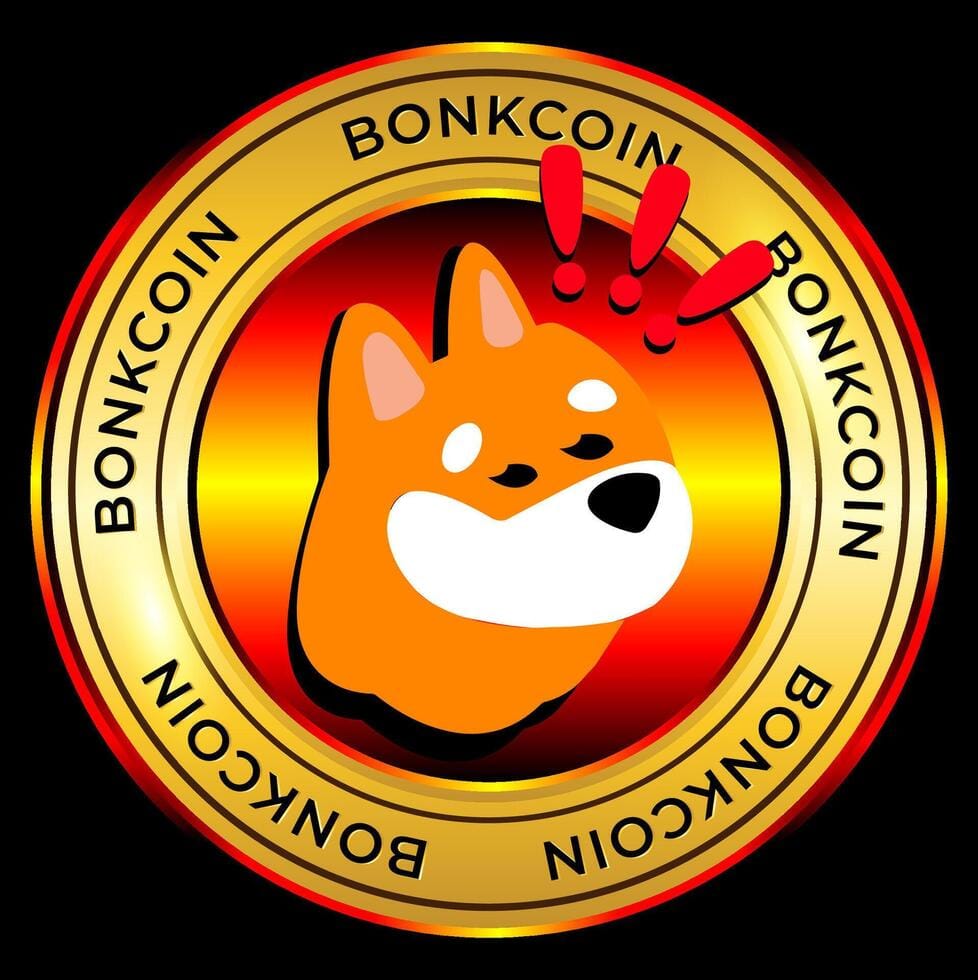
Launched in December 2022, Bonk is the native meme coin of the Solana blockchain. It gained attention through community engagement and strategic airdrops.
- Price: Approximately $0.00001202.
- Market Capitalization: Around $930.35 million.
- 24h Trading Volume: About $82.39 million.
- 24h Price Change: An increase of 10.54%.
5 ) Floki Inu (FLOKI)
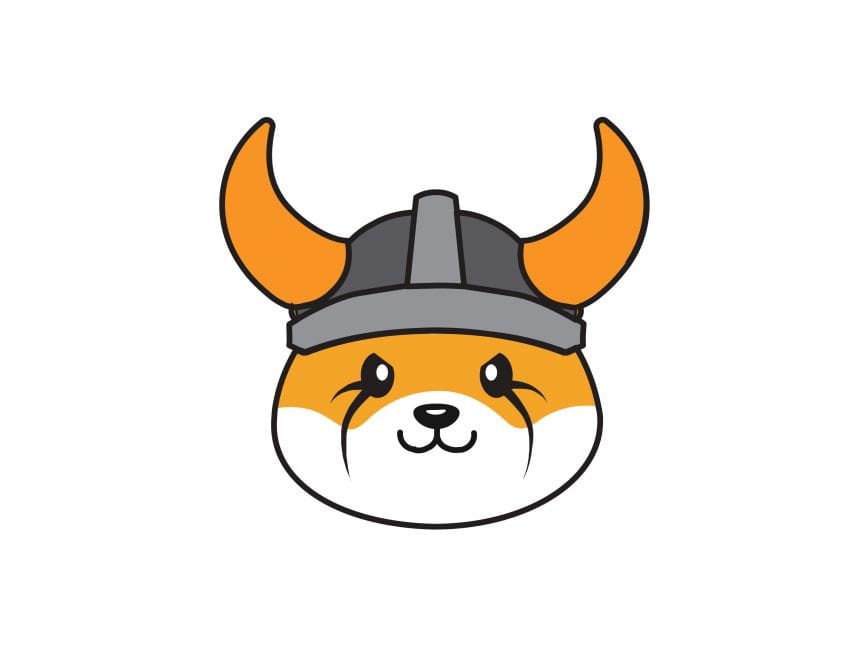
Inspired by Elon Musk’s dog, Floki Inu aims to differentiate itself by offering additional utilities, including an NFT marketplace and educational content.
- Price: Approximately $0.00006087.
- Market Capitalization: Nearly $588.72 million.
- 24h Trading Volume: Around $79.68 million.
- 24h Price Change: An increase of 6.71%.
Will Meme Coin reach $1 ?
The question of whether meme coins will ever reach $1 is a highly speculative one, and the answer depends on a variety of factors. Let’s break it down in detail.
1. Supply and Circulating Supply
The main issue with meme coins reaching $1 is often their circulating supply. For most meme coins like Dogecoin (DOGE) and Shiba Inu (SHIB), the circulating supply is in the trillions or quadrillions. To reach a price of $1, these coins would need an extraordinary increase in market capitalization, which might be difficult to achieve due to their massive supply.
For example:
- Dogecoin (DOGE) has an infinite supply with billions of coins in circulation.
- Shiba Inu (SHIB) has a trillion-coin supply.
Even if there were a substantial increase in demand, it would take an extremely high market cap for these coins to reach $1.
For example:
- Dogecoin (DOGE) currently has a market cap of $25 billion (with a circulating supply of over 140 billion DOGE). To reach $1 per coin, Dogecoin would need to have a market cap of $140 billion or higher, which is far greater than its current market cap.
In contrast, a coin like Bitcoin (BTC), with a much smaller circulating supply (around 19 million), has a market cap of over $500 billion.
2. Market Capitalization
The market cap of a cryptocurrency is the product of its price and circulating supply. For a meme coin to reach $1, it would have to significantly increase its market cap.
Examples:
- Shiba Inu (SHIB) currently has a market cap of around $7.6 billion, and with trillions of coins in circulation, for SHIB to reach $1, its market cap would need to rise to $1 quadrillion (which is impractical, as it exceeds the global economic value).
A market cap of that magnitude isn’t feasible, as it would surpass the value of all cryptocurrencies combined and even exceed the entire global economy.
3. Demand and Popularity
The price of meme coins is heavily driven by community engagement and social media trends, rather than fundamental technological advancements or real-world use cases. Elon Musk’s tweets, TikTok challenges, and other viral moments can cause dramatic price increases, but these are generally short-term and driven by hype.
However, for a meme coin to reach $1, it would likely need to have a sustained and massive increase in demand. The community would have to grow exponentially, and it would likely need adoption beyond just speculation and trading.
4. Long-Term Viability
Most meme coins lack any inherent real-world use case. For a coin to become a mainstream currency or store of value, it needs to offer something beyond being a meme. It needs to be widely accepted for transactions, serve a functional purpose, or contribute to decentralized finance (DeFi), which most meme coins do not at the moment.
- Dogecoin, for example, has been used for small transactions and charitable donations, but its primary use remains as a “fun” cryptocurrency.
- Shiba Inu is attempting to build out its ecosystem, such as through ShibaSwap, but this doesn’t make it fundamentally different from other coins in terms of utility.
For a meme coin to get to $1, it would need to show that it’s more than just a speculative asset. Real utility is critical for long-term price increases.
5. Burn Mechanisms
Some meme coins, like Kishu Inu and Hoge Finance, have built-in deflationary mechanisms (such as burning a percentage of each transaction). These systems could reduce the circulating supply over time, which might help increase the price if demand remains strong.
However, this process is slow and would likely take many years to make a noticeable difference in the price. Even with burning, it’s difficult to predict whether this will lead to a price of $1 for any meme coin, as the supply reduction may not be enough to offset the market’s demand and sentiment fluctuations.
6. Media and Hype Cycles
Meme coins are heavily influenced by social media and viral trends. While hype can drive short-term price surges, sustained growth requires more than just social media buzz. If a meme coin gains real-world utility, or if it becomes widely adopted, it could increase in value.
However, saturation of the meme coin space and the rapid spread of new meme coins mean that hype cycles are often short-lived. The price is usually driven by waves of interest, making it hard to predict sustained growth that would push a meme coin to $1.
Can Dogecoin or Shiba Inu Reach $1?
- Dogecoin (DOGE): While it has the best chance among meme coins, it’s still extremely unlikely to hit $1 due to its massive circulating supply and lack of widespread adoption. It would require a huge increase in demand or a significant supply reduction (which isn’t realistic).
- Shiba Inu (SHIB): Given its even larger circulating supply, the possibility of SHIB hitting $1 is even more unlikely than Dogecoin.
Final Thoughts:
The reality is that for most meme coins, especially Dogecoin and Shiba Inu, the probability of reaching $1 in the near future is extremely low due to their high supply and the speculative nature of these coins.
While market sentiment can push prices higher temporarily, for meme coins to achieve a price like $1, they would need:
- A drastic reduction in supply (which is unlikely).
- Massive and sustained demand (which would require real-world use cases).
- Community-driven innovation (such as major partnerships or ecosystem developments).
It’s essential to approach meme coins with caution, understanding that their prices are often driven by hype and social media trends rather than solid fundamentals. If you’re investing in meme coins, be prepared for extreme volatility and potential losses. Always do thorough research and consider diversifying your portfolio to manage risk effectively.
Will Meme Coins be banned ?
The possibility of meme coins being banned is a topic of concern for many investors and crypto enthusiasts. While it’s difficult to predict with certainty, there are a few factors that could potentially lead to restrictions or even bans on meme coins in certain countries. Let’s dive into the key considerations:
1. Regulatory Scrutiny on Cryptocurrencies
Governments around the world are increasingly focused on regulating cryptocurrencies to prevent illegal activities such as money laundering, tax evasion, and fraud. This is a global trend and applies not just to meme coins but to all types of cryptocurrencies. Regulatory authorities may target meme coins for the following reasons:
- Lack of Utility: Many meme coins (e.g., Dogecoin, Shiba Inu, etc.) are viewed primarily as speculative assets without significant real-world use cases. Regulators might argue that these coins pose a risk to investors because they could be seen as pump-and-dump schemes.
- Market Manipulation: Meme coins are heavily driven by social media trends and influencers, leading to significant price volatility. The rapid fluctuations in value could be seen as a form of market manipulation, especially if celebrity endorsements or viral social media campaigns are perceived as artificial price drivers.
- Fraud and Scams: The meme coin space has also seen its share of rug pulls, where developers abandon projects after investors have poured in money. This type of scam could prompt governments to take action against meme coins to protect retail investors.
2. Global Regulatory Action
While no major country has outright banned meme coins as of now, several countries have imposed strict regulations on cryptocurrencies, and some could choose to ban meme coins in the future. Let’s look at some examples:
- China: China has already taken a hard stance against cryptocurrencies in general, banning crypto trading and mining in 2021. While meme coins were not singled out, China’s aggressive regulatory approach could extend to any cryptocurrency that poses risks to the economy or financial system.
- India: India has shown increasing concern over cryptocurrencies, with the government considering taxation and potential regulation to curb crypto trading. If the Indian government decides that meme coins are speculative and dangerous, they could be targeted for bans.
- United States: The U.S. has taken a more cautious approach, regulating crypto exchanges and wallets. The Securities and Exchange Commission (SEC) is particularly focused on ensuring that tokens don’t fall under the category of unregistered securities. If meme coins were found to be used for illicit activities or seen as highly speculative, the SEC could impose more restrictions or penalties.
- European Union: The European Union is working on creating comprehensive crypto regulations through the MiCA (Markets in Crypto-Assets) Regulation. Depending on how this framework develops, meme coins could face tighter regulations or even bans, especially if they fail to meet the required standards for consumer protection.
3. Influence of Social Media and Celebrity Endorsements
Meme coins are often driven by viral trends and celebrity endorsements, making them highly susceptible to rapid price swings. This has led to concerns about:
- Market Volatility: Meme coins can experience extreme volatility in a short period of time, often driven by social media campaigns. This volatility could lead to heightened concerns over investor protection and market stability, prompting authorities to act.
- Hype and Speculation: If meme coins are deemed to be speculative and lacking real-world use cases, they could be regulated more heavily. Governments may also fear that the rapid rise and fall of these coins can harm retail investors, particularly those who are inexperienced.
- Celebrity Endorsements: When high-profile figures like Elon Musk tweet about Dogecoin, for instance, it can lead to huge price movements. Regulators might start taking a closer look at whether such endorsements are creating artificial demand or manipulating the market.
4. Environmental Concerns
Cryptocurrencies, in general, have faced increasing scrutiny due to their environmental impact, particularly in terms of energy consumption. Although many meme coins (e.g., Dogecoin) use proof-of-work algorithms like Bitcoin, the environmental debate is more likely to target the underlying blockchain networks rather than specific meme coins.
However, if a meme coin is perceived as contributing to excessive carbon emissions, or if its impact on the environment becomes a significant public concern, it might face regulatory pressure.
5. The Rise of Central Bank Digital Currencies (CBDCs)
Countries are also exploring the creation of their own Central Bank Digital Currencies (CBDCs). These are government-backed digital currencies that would be fully regulated and stable, providing a controlled alternative to decentralized cryptocurrencies. In this context:
- Meme coins, along with other cryptocurrencies, might face further restrictions or competition from CBDCs.
- Governments may choose to ban or heavily regulate decentralized coins (including meme coins) to maintain control over their financial systems.
6. Risk of “Pump and Dump” Schemes
One of the most significant concerns with meme coins is the possibility of fraud. Many meme coins have been involved in pump-and-dump schemes, where prices are artificially inflated by misleading or manipulative marketing. This has led to significant losses for investors when the price crashes after the “pump.”
Governments and regulators may choose to target meme coins that have no tangible use and that are used primarily for such speculative purposes. This would likely be done under the premise of protecting consumers and maintaining market integrity.
What Could Trigger a Ban?
Meme coins are not inherently illegal, but they are subject to regulation. A ban could occur for various reasons:
- Fraudulent Activity: If meme coins are consistently involved in fraudulent schemes or “rug pulls,” regulatory bodies might step in and impose bans.
- Lack of Transparency: Many meme coins are created without clear roadmaps, use cases, or developer transparency. This could make them more likely targets for regulation.
- Market Manipulation: If meme coins are found to be subject to manipulation or artificial inflation (especially through social media or celebrity endorsements), they could face regulatory scrutiny.
Conclusion
While it’s unlikely that meme coins will be outright banned globally in the immediate future, they are very much under regulatory scrutiny. If meme coins continue to exhibit risks related to market manipulation, fraud, or investor protection concerns, governments may impose restrictions, taxes, or even bans in certain countries.
For now, meme coins will likely continue to exist as long as there is demand and a community driving their popularity. However, if you’re considering investing in meme coins, it’s essential to stay informed about the regulatory landscape, as changes in government policies could impact their future viability.
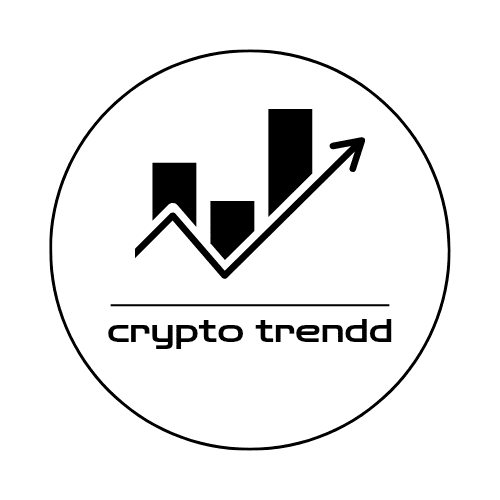
Leave a Reply